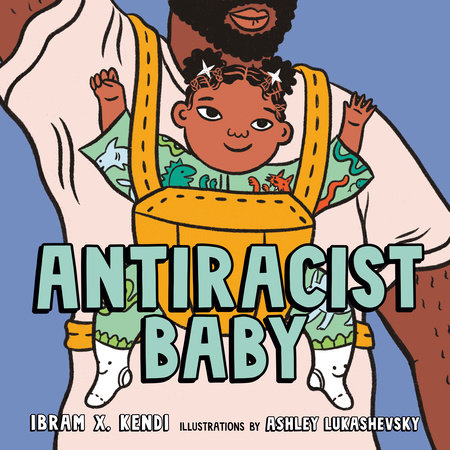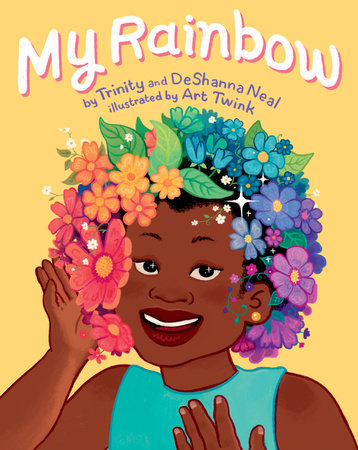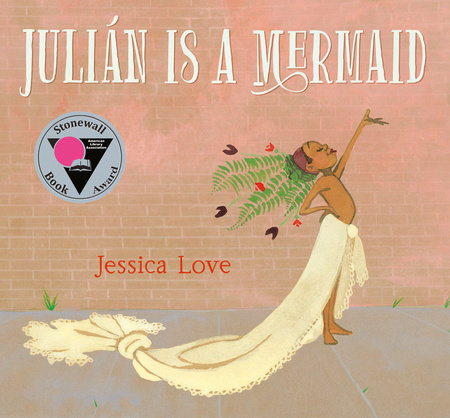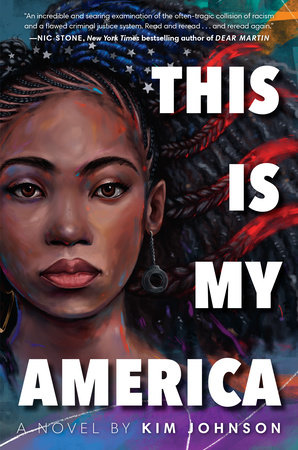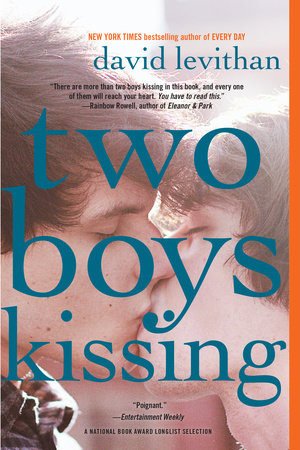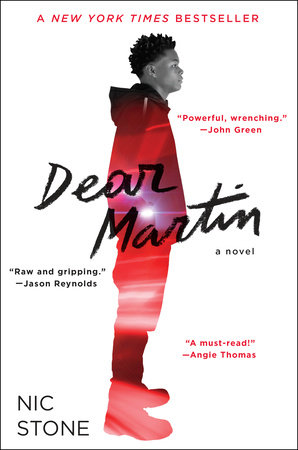6 Ways To Celebrate
Banned Books Week
by Lindsay Barrett
The number of attempted restrictions to books made available in school libraries, classrooms, school curricula, and public libraries has skyrocketed since The American Library Association (ALA) began tracking them more than 20 years ago. During 2022, 2,571 book titles were challenged! Now more than ever, it’s essential to talk to kids about the right to read — and let them read banned books!
These ideas are perfect for celebrating the ALA’s annual Banned Books Week, coming up September 22-28, 2024, at school or at home. Or, tuck these away for any time you want to get kids excited about the freedom to read.
Click here to learn what Penguin Random House is doing – and what you can do – to protect the freedom to read.
Educate kids about what it means to ban or challenge a book.
Depending on kids’ experiences, they may have no idea what book banning even means. A memorable exercise, in which you suddenly tell kids some of their favorite books aren’t allowed, is an attention-grabbing way to start a discussion! Follow up with an age-appropriate introduction to the First Amendment, examples of censorship, and examples of reasons why books have been challenged. In particular, the ALA reports that books by and about BIPOC and LGBTQIA+ individuals are much more likely to be challenged. This is certainly a key talking point with kids of all ages; what does it mean for representation of their experiences—or those of their family members, friends, classmates, or fellow community members’ experiences—to be limited? Check out the “Kids’ Right to Read Action Kit” from the National Coalition Against Censorship (NCAC) for helpful background.
In a school setting, it’s also helpful to be able to talk to kids about your district’s book selection guidelines. Who are the “helpers” who make sure great books can make their way into classrooms? Who are the individuals that consider book challenges? (If you don’t have district guidelines, or need more support, check out the NCAC’s Responding to Book Challenges: A Handbook for Educators.)
Read and discuss banned picture books.
Picture books are short enough to be read in a class period, can be appreciated on different levels, and are engaging for kids, making them valuable discussion starters for any age. The Washington Post investigated the growing trend of challenges to picture books. They identified some top complaints of book opponents, including “LGBTQ characters and storylines,” or “inappropriate” or “anti-police” content. Choose a selection of challenged books suitable for your students’ ages. Read aloud (or have small groups read) the books together. Talk about questions such as:
- What are the big ideas or themes in this book?
- What ideas or details might have caused this book to be challenged? (Follow up with any relevant background information about publicized challenges.)
- Who would miss out if this book was not allowed to be shared? What would they miss out on?
Check out some of our favorite banned picture books at the end of this post!
Form banned book clubs.
Banned book clubs are a great way to introduce a wider variety of challenged books to a classroom, since groups can share their experiences and reflections with each other. Have small groups take on banned or challenged picture books, graphic novels, or novels. Have them report out or create a display about the same reflection questions above. Families can also do a banned book group read together—it’ll make for great dinner-table conversation!
Share books about banned books.
One of the fortunate by-products of the attention book banning has received in recent years is an uptick in children’s books being published about the topic. Read aloud or have kids read stories that center on book banning, censorship, or the freedom to read. For middle grade readers, check out Property of the Rebel Librarian by Allison Varnes. This is the story of middle schooler June Harper, whose parents incite drama in town after they catch her reading what they think is an “inappropriate” book. June’s response? She starts a banned books library in an empty locker at school.
Engage in some “freedom to read” activism.
Once students have learned about the implications of censorship and book banning, work together to make plans for some related activism that fits their maturity level and interests. Do students think there should be better representation of certain books, themes, or people in your school library or curriculum? Write a letter or petition together to your school board or administrators. Do students think more people should be aware of book challenges, or read and enjoy certain banned books? Make posters, a mock news broadcast, or video book reviews advertising kids’ favorite titles.
Have some banned book fun!
Censorship is a serious issue, but that doesn’t mean you can’t have some fun while raising awareness about it. Once kids have some background knowledge about banned books, consider these entertaining ways to celebrate them.
- Unleash your creativity to create a banned book display. The ALA has an inspiration gallery to get you started.
- Take banned book photos. “Mug shots” showing who got “caught” reading their favorite banned book are a fun option.
- Host a banned book “jailbreak.” Make a plan to sneakily deliver banned books around your school or to neighborhood Little Free Libraries. Add to the fun by making unexpected announcements over the school PA system from banned book characters.
- Share popular banned book slogans (e.g., “fREADom!” “I’m With the Banned!”) from around the web, or invite students to create their own. Design posters, t-shirts, or break out a button-making machine.
- Create a banned book trading cards scavenger hunt around the classroom or school. Challenge kids to collect the most cards, fill in a bingo card, or trade cards with each other.
Check out some of these banned and challenged books!

